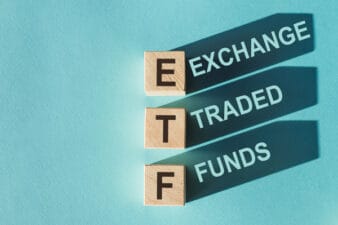When we look back on 2014, the story that sticks out in our minds might be the massive decline in oil prices over the last six months of the year.
As oil broke down below $70 per barrel, many investors thought the bottom was near. Once it broke $65, even more investors started thinking it couldn’t keep going down. And then, somewhat ironically, investor sentiment took a turn negative as crude fell below $60. Suddenly, everyone was bearish on the price of oil.
It didn’t help that many of the energy patch’s midsize operators announced dividend cuts. Canadian Oil Sands reduced its quarterly payout 45%, from $0.35 per share to $0.20. Baytex Energy cut its dividend even deeper, slashing its monthly payout from $0.24 to $0.10 per share.
Suddenly for dividend investors, oil’s decline became very real. Dividend cuts have a way of hitting where it hurts the most — your wallet.
Investors are scratching their collective heads, looking for an energy stock which pays a generous yet sustainable yield. I think I just may have the perfect stock for them.
Cenovus Energy Inc. (TSX: CVE)(NYSE: CVE) currently yields 5.4%, which is a fine dividend to collect while waiting for crude to recover. Here’s why I’m confident the company will be able to maintain its payout going forward.
Taking prudent steps
Earlier this week, Cenovus came out with its capital budget for 2015, an important road map for any potential investor in the company to consider. And for the most part, it was good news.
The headline number was the company cutting its capital spending plans by 15% for the year, dropping its annual commitment from $3.1 billion to between $2.5 and $2.7 billion. 2015’s focus is going to be on the company’s oil sands expansions that are close to completion, namely Foster Creek and Christina Lake. Although it sees great potential in both its Grand Rapids and Telephone Lake projects — to the tune of approximately 300,000 barrels of oil production per day — Cenovus has made the decision to not invest heavily in them until the price of crude stabilizes.
Plus, the company has identified some $500 million in potential cost savings going forward, which management plans to start implementing in 2015. And if oil remains weak, there’s always the potential to save money on labor.
What does it mean for the dividend?
Based on the price of crude averaging $75 in 2015, Cenovus’s dividend looks to be in pretty good shape.
Thanks to increased production from the oil sands, the company is expected to boost output by 4%. Once operational expenses are taken out, cash flow is projected to be between $2.6 billion and $2.9 billion. Considering the company plans capital expenses of between $2.5 billion and $2.7 billion, this doesn’t look good for the dividend. There’s just $100-$400 million in free cash flow to cover a dividend of approximately $800 million per year.
Fortunately for investors, Cenovus has them covered. The company has more than $1 billion in cash tucked away, which is easily enough to cover the dividend for the year even if capital expenditures come up heavy or expected cash flows come up light.
After 2015, things look to improve significantly. Total oil production is expected to increase almost 50% by 2017 to nearly 300,000 barrels per day. And capital expenditures are expected to go down to under $2 billion as new phases of Foster Creek and Christina Lake come online. 2015 is the only year investors have to worry about the yield, and it’s easily covered by cash on hand.
If you’re an investor who wants to get paid while waiting for energy to recover, I’d say Cenovus Energy is a pretty good place to be. Unlike some of the other dividends in the energy patch, I think Cenovus’s is here to stay.







